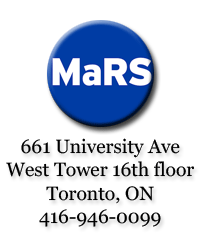



Most people are infected for life with Epstein-Barr virus (EBV), a herpesvirus that is associated with a growing list of cancers due to its ability to efficiently immortalize cells as part of its latent infectious cycle. EBV persists for the lifetime of the host due to abilities to alternate between latent and lytic modes of infection. In latency EBV genomes are maintained as circular nuclear episomes that replicate once-per-cell cycle and are partitioned to the daughter cells during mitosis. In contrast lytic infection induces cell cycle arrest and leads to amplification of the viral genomes for virion production. We are interested in the proteins and mechanisms involved in maintaining EBV genomes and host cell immortalization in latency, as well as cues that trigger EBV reactivation to the lytic cycle. Several of our studies involve the EBNA1 protein of EBV, which is expressed in both latent and lytic forms of infection, is the only viral protein needed to replicate and maintain EBV genomes in human cells and contributes to cell transformation. Using proteomics approaches, we have discovered the interaction of EBNA1 with host proteins that control cell proliferation and apoptosis (USP7 and CK2) and with host nucleosome associated proteins that regulate DNA replication and transcription through histone modifications. In addition, we found that EBNA1 disrupts the host PML nuclear bodies required for apoptosis and DNA repair, thereby promoting cell survival with DNA damage. Determining the mechanisms by which these interactions contribute to EBV infection and EBV-induced cancers is an active area of study. In addition, we have generated a library of over 200 herpesvirus proteins (from EBV, CMV and HSV-1) that are used in proteomics approaches to determine which viral proteins manipulate specific cellular processes. These studies include identifying proteins that affect PML nuclear bodies, cell cycle progression and DNA damage responses.
Studies in the Frappier laboratory involve a variety of methodologies, including proteomics approaches for protein interactions and host cell manipulations, functional assays in human cells, immunofluorescence microscopy, RNA interference, protein biochemistry and protein structural studies.